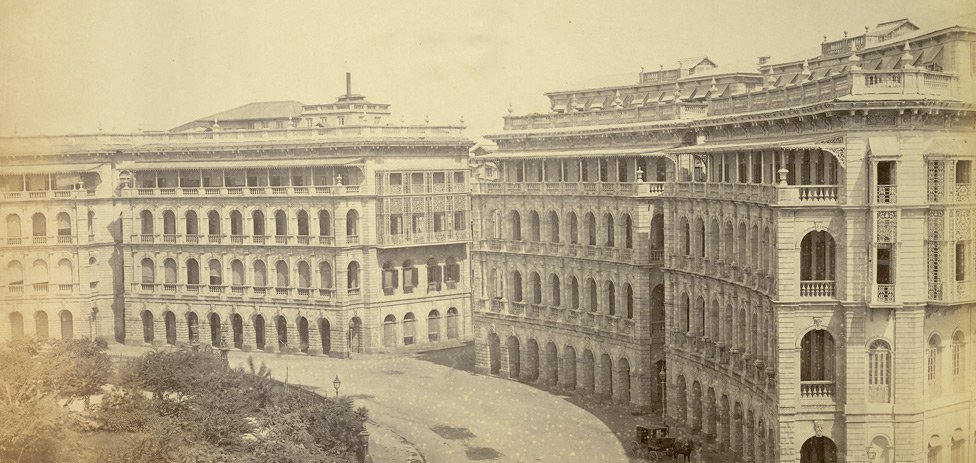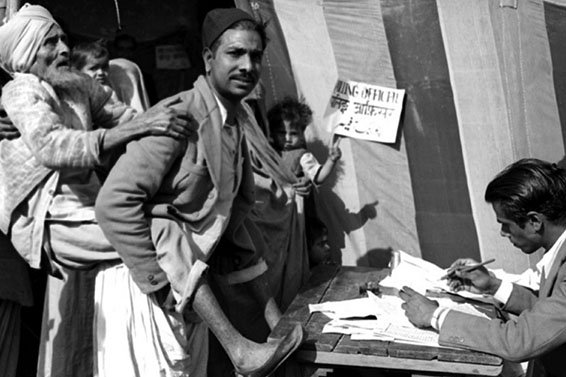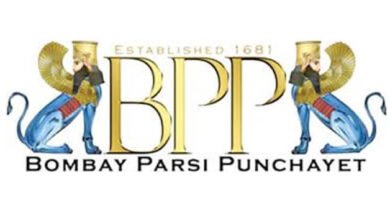How the Parsis Shaped Theatre in Colonial Bombay
When one thinks of Horniman Circle – the ring of elegant old buildings in south Mumbai – today, several associations spring to mind: the glossy storefronts of Starbucks and Hermes – the temples of neoliberal globalism; men snoozing on the garden’s shaded benches – a respite from Mumbai’s prickly afternoon heat; and the ghosting of an all but forgotten colonial past in the worn-out balustrades framing the round.
Yet few appreciate that this unassuming area, one of the better-conserved vestiges of the city’s history, was, more than a century ago, the pulsing heart of Old Bombay. While St Thomas Cathedral, consecrated in 1718, marked Bombay’s centre, the city’s first theatre – the other primary point of congregation for European residents – stood merely a few feet away.
According to the Bombay Times of 1842, the Bombay Amateur Theatre that ‘owed its origin to an earlier period than any Theatre in India’ was built in 1770 at the old Bombay Green, a location that was ‘a mere receptacle for rubbish’ granted without condition of any kind. The theatre initially served as the location for all significant socio-cultural events for the English community as Bombay possessed no Town Hall at the time.
Kumud Mehta notes that at this early stage when the Bombay Amateur Theatre’s membership comprised East India Company officers, women did not hesitate to perform. Nevertheless, as Bombay grew from town to metropolis this practice was discontinued, males having to impersonate the female parts. Crucially, this change in onstage personnel echoed larger demographic shifts offstage – Indians had begun to frequent the theatre.





